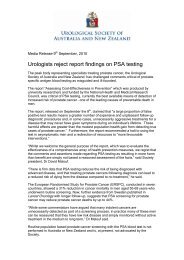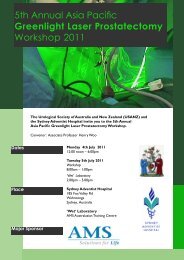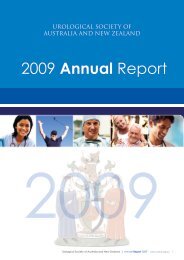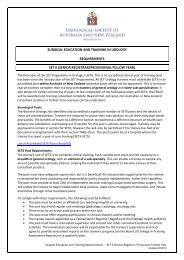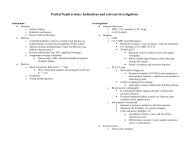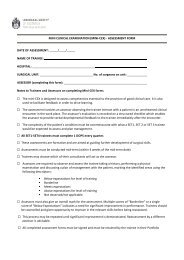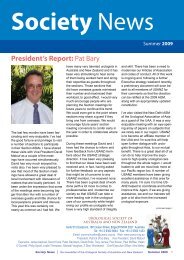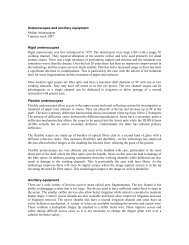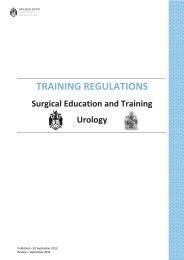CIRCUMCISION OF INFANT MALES
CIRCUMCISION OF INFANT MALES
CIRCUMCISION OF INFANT MALES
You also want an ePaper? Increase the reach of your titles
YUMPU automatically turns print PDFs into web optimized ePapers that Google loves.
CONTRAINDICATIONS TO NEWBORN AND <strong>INFANT</strong><br />
<strong>CIRCUMCISION</strong><br />
There are a small number of contraindications to newborn and infant circumcisions:<br />
• Hypospadias and other congenital anomalies of the penis, e.g. epispadias<br />
• Chordee (ventral angulation of the penis)<br />
• Buried penis<br />
• Sick and unstable infants<br />
• Jaundice<br />
• Personal or family history of a bleeding disorder<br />
• Inadequate expertise and facilities.<br />
TECHNIQUE <strong>OF</strong> <strong>CIRCUMCISION</strong><br />
There are many methods of circumcision used throughout the world. In general terms, the<br />
steps of circumcision involve:<br />
• Freeing the foreskin from the glans<br />
• Excising the foreskin<br />
• Providing haemostasis<br />
• Facilitating wound healing.<br />
The methods can be categorised as:<br />
a) Procedures used in the first few weeks of life<br />
• Freehand, assisted with a guided cutting device e.g. Mogen clamp<br />
• Assisted with a haemostatic device e.g. Plastibell, Gomco.[27, 28]<br />
b) Proceduresused in older infants, children and adults<br />
• Sleeve technique or assisted with a haemostatic device e.g. Plastibell, Gomco<br />
clamp.[27-29]<br />
The procedures utilised in the first few weeks of life do not involve a formal surgical wound<br />
closure and depend for success on secondary wound healing. Those used subsequently<br />
involve a formal wound closure and therefore faster healing. Plastibell circumcision in the<br />
first few weeks of life has the advantage of being cheaper than a formal circumcision<br />
under general anaesthetic later in life.[30] (Level 2).<br />
COMPLICATIONS <strong>OF</strong> <strong>CIRCUMCISION</strong><br />
Most complications of circumcision are minor, but some can be severe. The overall<br />
reported rate of complications after circumcision is variable, but depending on the situation<br />
in which it is performed and the precise definition of complication, the complication rate is<br />
generally believed to be between one and four percent.[17, 31, 32] A recent systematic<br />
review reported a median complication rate of 1.5%, with a range of 0-16%.[33] The most<br />
frequent acute problem is haemorrhage, which may indicate an underlying vitamin K<br />
deficiency or haemophilia. The risk of postoperative bleeding after Plastibell circumcision<br />
is reported to be as high as 3%, but is generally thought to occur at a rate of about<br />
8



